Black History Month: The Daily Dose
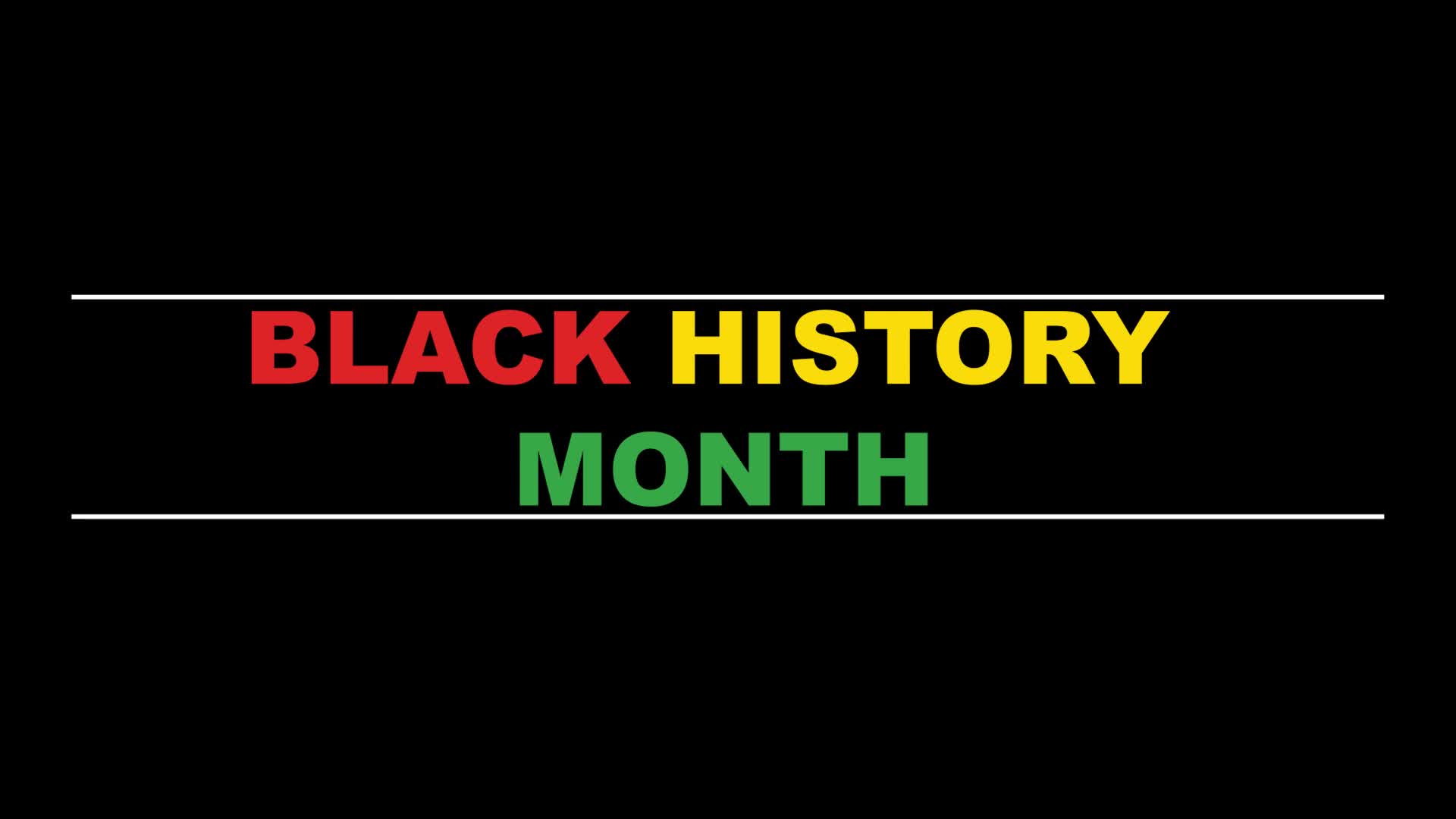
As we celebrate Black History Month, South Seattle College's Student Life Department is highlighting Black Americans who have made important contributions in our nation's history. A new highlight will be posted to this story each weekday from Feb. 16 through Feb. 26, so please check back often to learn more! You can also learn about Black History Month events happening at Seattle Colleges here.
February 26 Highlight: Rebecca Cole (1846-1922)
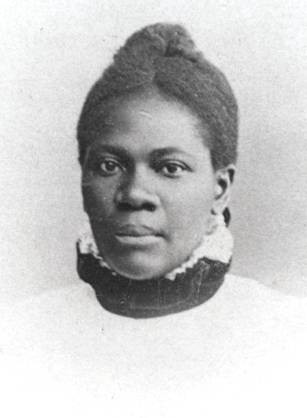
Rebecca Cole was born in 1846 in Philadelphia, PA. Shortly after graduating from the Institute for Colored Youth, she enrolled at the Female Medical College of Pennsylvania in 1864. Three years later, Cole received her medical degree, making her the second Black female physician in America. (Rebecca Lee was the first in 1864…Boston) Cole’s first appointment was at the New York Infirmary for Women and Children as a resident physician. After assignments in South Carolina and Washington, D.C., Cole returned home to Philadelphia and opened a home for the homeless. She provided medical and legal aid to women through her Women’s Directory. Ms. Cole provided more than fifty years of service to the medical field.
February 25 Highlight: Booker T. Washington (1845-1890)
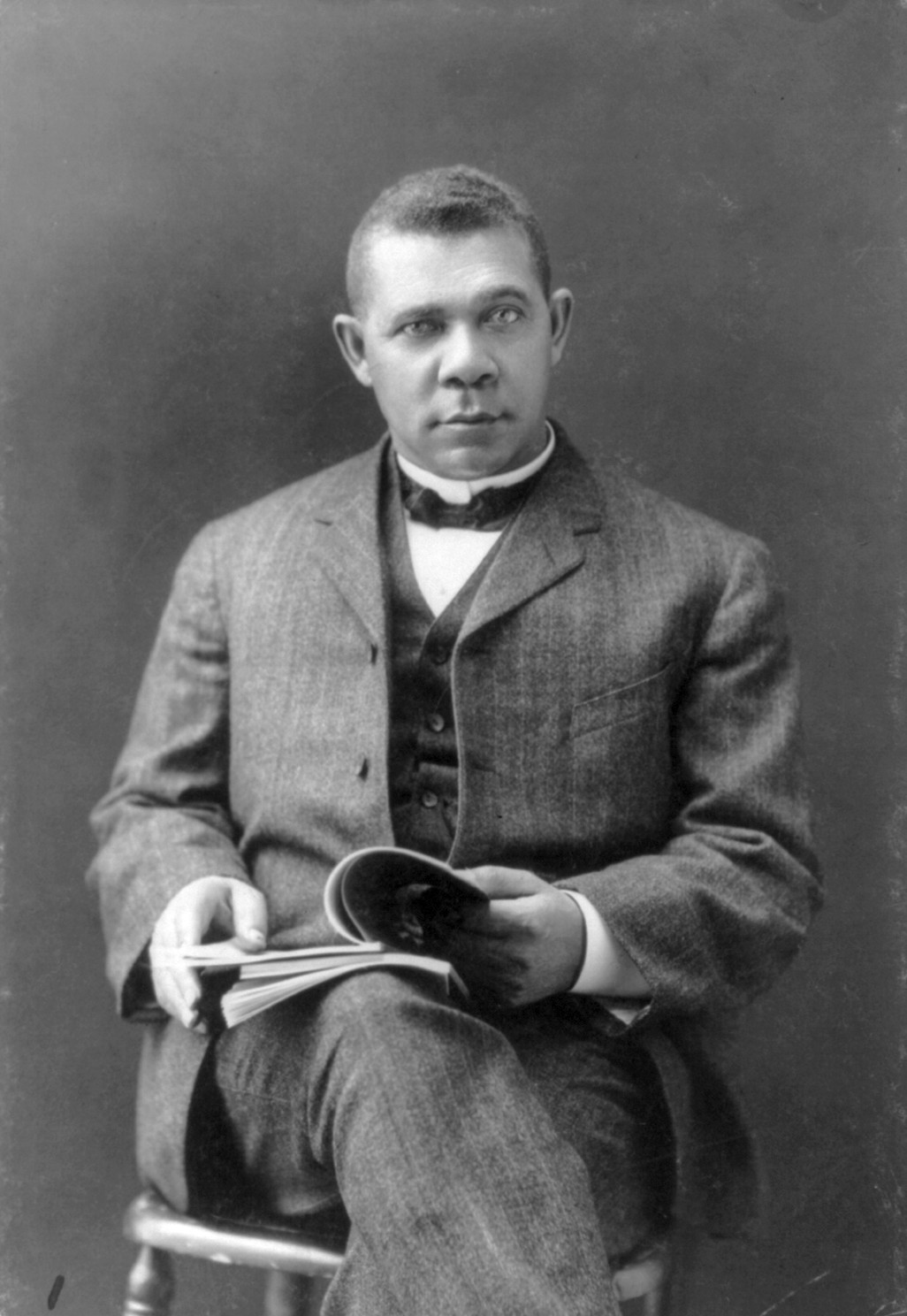
Booker T. Washington was born into slavery in Hales’ Ford, Virginia. He graduated from Hampton Normal and Agricultural Institute (Now Hampton University) in 1876. Booker T. Washington founded Tuskegee Institute and served as the institution’s first President. As an activist for civil rights, Washington’s views were much more moderate than those of other leading Black figures of his time. At the 1895 Cotton States Exposition, he delivered his famous or infamous Atlanta Compromise speech (Please explore). Washington’s position on Black disenfranchisement and Jim Crow were starkly different from other Civil Rights leaders. Washington advocated that Blacks improve themselves through self-help programs and the development of skilled labor.
February 24 Highlight: Andrew Jackson Beard (1850-1921)
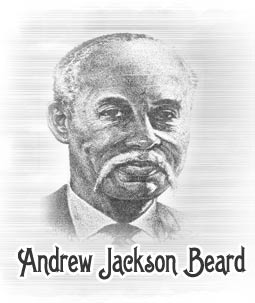
Born as a slave in Eastlake, Alabama, Andrew Beard progressed to be granted a patent in 1897 for his invention, the Jenny Coupler. The Jenny Coupler is a device that automatically connects railroad cars by simply bumping them together. Before Beard’s invention, linking railroad cars was a dangerous job. The task involved a man standing between the crashing train cars and during a split moment before the collision, he was to drop a metal pin fastener to connect the cars. Many unfortunate railroad workers lost hands, arms, and even their lives by getting caught between cars.
Although modified, railroad cars today are hooked together by automatic couplers similar to the Jenny Coupler. Beard sold his Jenny Coupler for $50,000 which would amount to $1,500,000 in today’s currency. Freed from slavery at age fifteen, other inventions by Beard included an upgrade to the double-plow in 1881, a second plow in 1887, and a rotary steam engine in 1889. Although he could neither read nor write, he amassed a real estate fortune that was extensive. Andrew Beard was inducted into the National Inventors Hall of Fame in 2006.
February 23 Highlight: Mary Edmonia Lewis (1845-1890)

Mary Edmonia Lewis, “Wildfire”, was born in 1845 the child of a Black father and Native American mother in upstate New York. Wildfire became not only the first Black, but the first woman in America to be recognized as a sculptor. A student at Oberlin College, she never graduated due to false claims that she tried to poison two students and steal art supplies. John Mercer Langston, also of Black and Native heritage, came to her defense in 1862 and she was acquitted of both charges. Despite her acquittal, the college still refused to allow her to graduate.
Moving to Rome in 1865, she soon gained prominence for her work. Returning to America, she was commissioned to sculpt many busts, including Henry Wadsworth Longfellow for the Harvard University Library. She also sculpted the bust of Colonel Robert Shaw, the Commander of the 54th Massachusetts All Negro Regiment in the Civil War. Distinguishing herself as one of America’s best sculptors, Lewis’ Hagar in Her Despair in the Wilderness was reported to have sold for $6,000. Other notable works of Wildfire include Hiawatha, The Marriage, Madonna and Child, Forever Free, and Death of Cleopatra.
February 22 Highlight: James Forten (1766-1842)
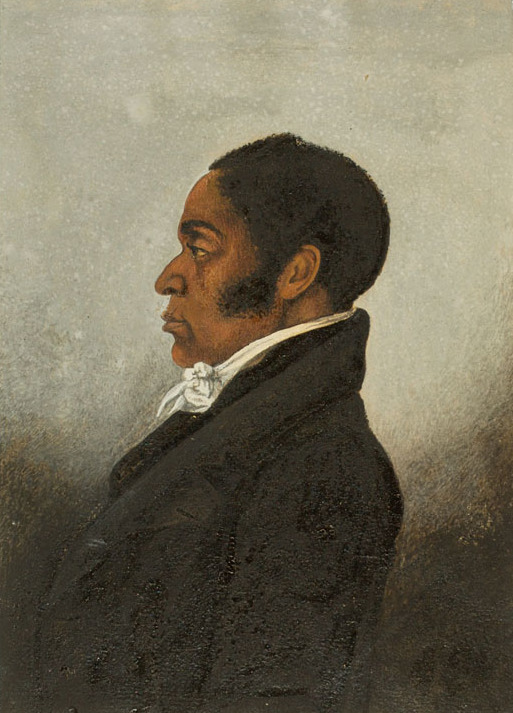
James Forten was born a free child in Philadelphia on September 2, 1766. He rose to become one of the wealthiest citizens in Philadelphia and one of Black America’s first great champions of civil rights. At age 14, he enlisted in America’s navy aboard the Royal Louis during the American Revolution. It was during this time he developed a device for handling sails. After the war, he started working as an apprentice at a sail-making shop.
In 1798, he opened his own sail-making shop which at one time employed over 40 workers. Black and White. Reportedly being worth over $100,000 at that time, much of his fortune was used in support of racial equality for his brethren. He strongly felt America was just as much his country as the next man’s. This was evident by his refusal to go to Britain after being captured during the war, and his avid support during the War of 1812 when he, Richard Allen, and Absalom Jones organized a Black volunteer force of 2,500 men. Forten strongly opposed the American Colonization Society, which sought to return free Blacks to Africa. He is responsible for converting famed abolitionists William Lloyd Garrison and Theodore Weld from the colonization approach to total emancipation and racial equality for Blacks.
Feb. 19 Highlight: Francis Ellen Harper (1825-1911)
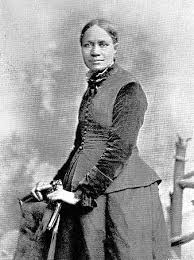 Francis Harper was one of the most extraordinary women of her time. A gifted lecturer, she was so effective in delivering her anti-slavery messages, she was hired by the Maine and Pennsylvania Anti-Slavery societies. Harper often risked her life promoting racial pride and moral reform by lecturing in southern states from 1867-1871. In 1893, she was one of a group of six Black women who charged the international gathering of women at the World Congress of Representative Women in Chicago of ignoring the plight of Black women.
Francis Harper was one of the most extraordinary women of her time. A gifted lecturer, she was so effective in delivering her anti-slavery messages, she was hired by the Maine and Pennsylvania Anti-Slavery societies. Harper often risked her life promoting racial pride and moral reform by lecturing in southern states from 1867-1871. In 1893, she was one of a group of six Black women who charged the international gathering of women at the World Congress of Representative Women in Chicago of ignoring the plight of Black women.
Francis Harper speech in 1866 at the National Women’s Right Convention stated in part: “We are bound together in one great bundle of humanity, and society cannot trample on the weakest and feeblest of its members without receiving the curse in its own soul. You tried that in the case of the Negro…You White women speak of rights, I speak of wrongs. While there exists this brutal element in society that tramples upon the feeble and treads down the weak, I tell you that if there is any class of people who need to be lifted out of their airy nothings and selfishness, it is the White women of America.”
Feb. 18 Highlight: William Wells Brown (1814-1884) 
Born into slavery in Lexington, Kentucky, William Wells Brown became the first Black American to publish a novel, drama, and travel book. As a young boy, he worked in the offices of the St. Louis Times prior to fleeing to Canada in 1834. A self-educated man, Brown became well known as a public speaker while working as a steward on Lake Erie ships. In 1849, he traveled to England and Paris where his first work, The Narrative of William W. Brown was published. A year later, a collection of his poems, “The Anti - Slavery Harp” was published. Additional literary works included a travel book, “Three Years in Europe” (1852), his first novel “Clotel or the President’s Daughter” (1853), and an African American drama, “The Escape or A Leap for Freedom” (1858).
As an abolitionist, his speeches were delivered with incredible emotion and authority regarding the evils of American slavery. In addition to speaking against slavery in the South, he also spoke against racial discrimination in the North, calling for equal rights for all Americans.
Feb. 17 Highlight: Elizabeth “Mum Bett” Freeman (c. 1744 -1829)
Elizabeth, also known as “Mum Bett”, was enslaved in the home of Colonel John Ashley when the American colonies were becoming more and more dissatisfied with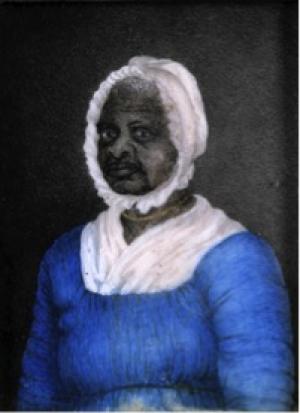 British rule. Much of the talk around the Ashley household centered on liberty, freedom, and equality. While many people did not feel these ideas about equality applied to the enslaved, Mum Bett felt otherwise.
British rule. Much of the talk around the Ashley household centered on liberty, freedom, and equality. While many people did not feel these ideas about equality applied to the enslaved, Mum Bett felt otherwise.
After the Revolutionary War ended, she left the Ashley household to gain her freedom. Arguing the principles of the Declaration of Independence, MB convinced a young lawyer named Theodore Sedgewick to take her case before the courts. Along with a slave named Brom, a Black laborer, their case (Brom and Bett v. J Ashley Esq.) was heard by the Massachusetts Supreme Judicial Court. Bett argued the hiprocrisy of American democracy in that colonists fought the American Resolution for those inalienable rights of life, liberty, and the pursuit of happiness, and are now denying those same rights to Blacks. She stated slavery should be abolished and she should be free.
The court ruled in her favor therefore making Mum Bett the first enslaved African American to file and WIN a lawsuit for freedom in the state of Massachusetts. The court found that her arguments indeed proved that slavery violated the 1780 Massachusetts State Constitution. Mum Betts’ case in essence ended slavery in Massachusetts.
Feb. 16 Highlight: Lemuel Haynes (1753-1833)
The first major fighting to take place in the American Revolution was the Battle of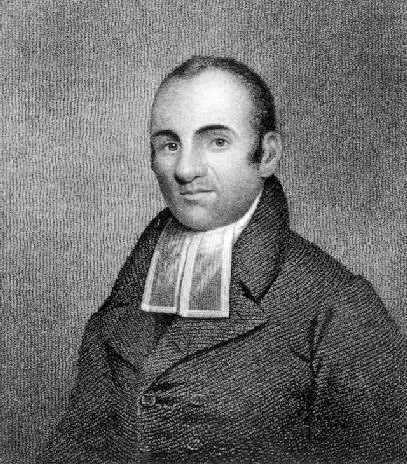 Lexington. This battle is easily remembered because of the famous Minutemen, Massachusetts soldiers who were ready for battle within a minutes notice. History rarely, if ever, mentions the fact that Black men were also members of the famous Minutemen.
Lexington. This battle is easily remembered because of the famous Minutemen, Massachusetts soldiers who were ready for battle within a minutes notice. History rarely, if ever, mentions the fact that Black men were also members of the famous Minutemen.
One such man was Lemuel Haynes. Haynes was born on July 8, 1753, in West Hartford, Connecticut to a Black father and White mother. Deserted by his mother, Haynes was raised by Deacon David Rose. As a child, his strong interest in the ministry was evident in his writings and sermons. Although the patriotic call to bear arms for America’s cause interrupted his preparation for the ministry, after the war, Lemuel went on to become the first Black minister of a church with a White congregation. Haynes went on to serve as a pastor in Vermont and New York.